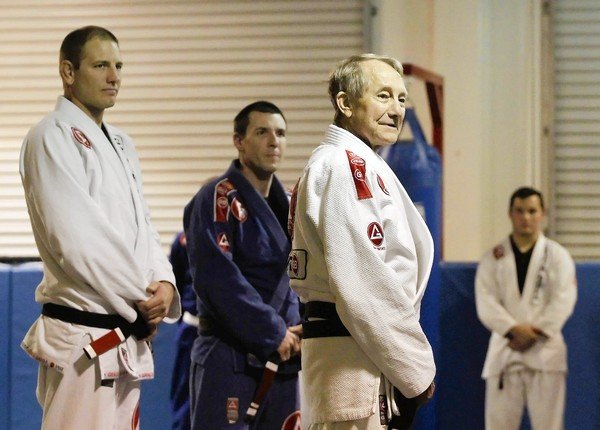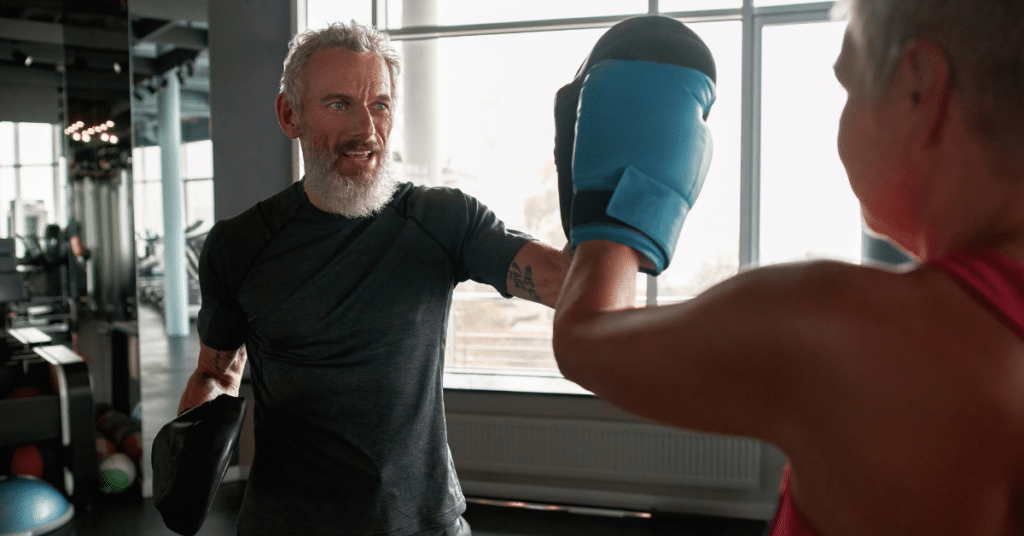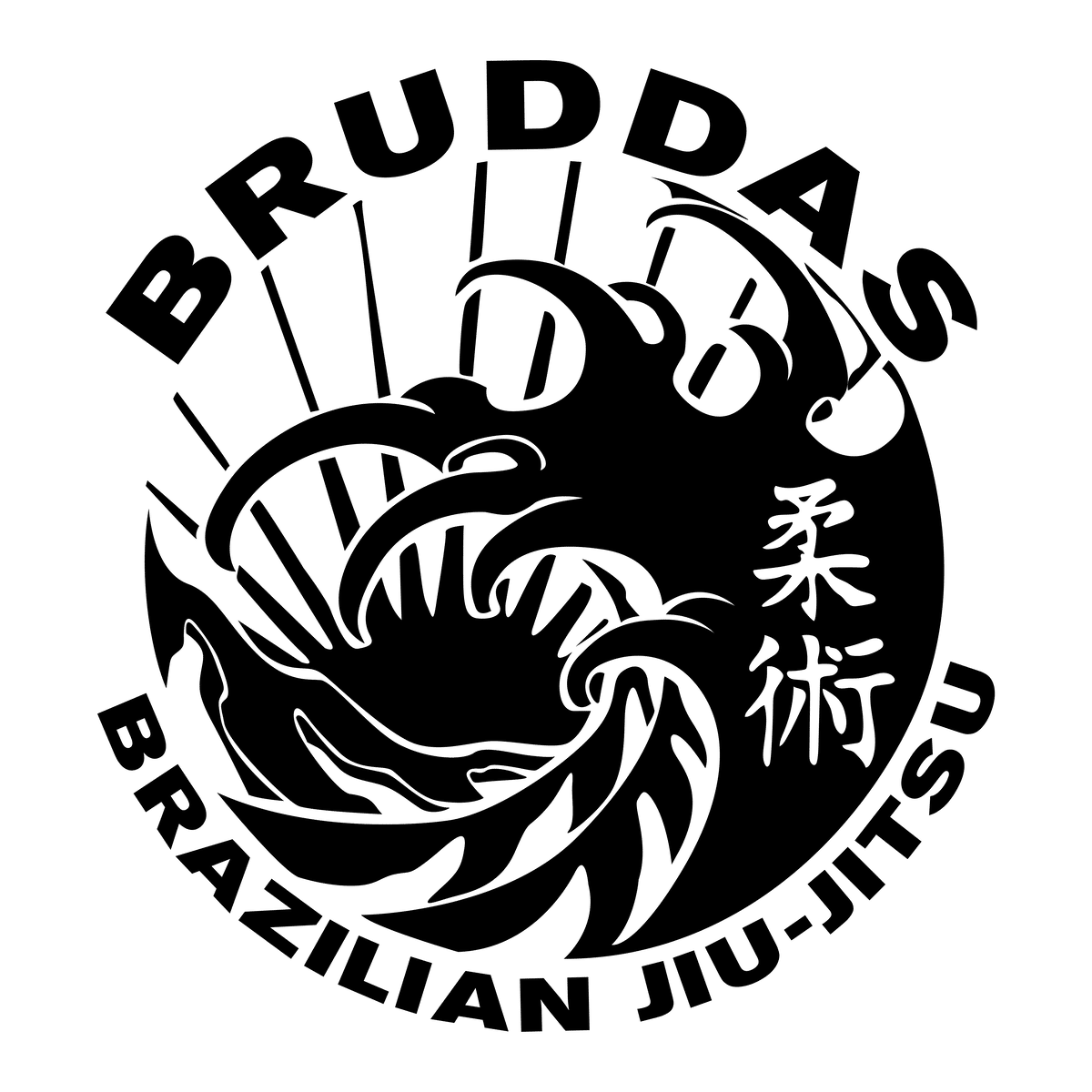

Self-Defense Classes For Seniors
In a person’s golden years, security is paramount. When it comes to feeling secure, senior citizens must prioritize three things: finances, health, and, of course, safety.
At Granite Bay Jiu-Jitsu, we are not able to help with the first item on that list. However, we’ve helped people from different age groups become fitter and healthier. More importantly, our BJJ (Brazilian Jiu-Jitsu) self-defense classes have helped many people feel safer on the street.
Jiu-Jitsu is one of several self-defense martial arts. While this martial art (and sport) calls to mind images of people executing locks and holds, it began as a means for self-defense.
Today it has grown into one of the most effective and evidence-based self-defense martial arts in the world. Everyone from law enforcement to the armed forces will attest to the martial art’s effectiveness.
Thus, not only is Jiu-Jitsu effective but it’s also more accessible to seniors than many people think. Read on to learn more about what Jiu-Jitsu is, as well as some easy-to-execute techniques in close-counter situations.
What Is Jiu-Jitsu?
Jiu-Jitsu is a grappling martial art that incorporates throws, joint locks, chokes, and other holds used to restrain and incapacitate opponents.
What many know today as Brazilian Jiu-Jitsu has its roots in Japan. The Nara Period was a time of frequent battles between different samurai clans. As swords were the primary method of combat, there came a clamor for a fighting style that favored unarmed warriors in close combat.
Jiu-Jitsu, even early on, consisted of various close-quarter techniques like throws, joint locks, and strangles. Given the nature of combat during Japan’s feudal period, there were also various techniques designed to disarm opponents.
As time passed, the martial art eventually found its way outside Japan to countries like Brazil. In Brazil, a Judo master who specialized in ground fighting, Mitsuyo Maeda, demonstrated the art to five brothers. These five brothers — Carlos, Oswaldo, Gusto Jr., George, and Helio — are who the BJJ world knows today as the Gracies.
Together, they brought Brazilian Jiu-Jitsu not just around Brazil stateside as their children competed in various fighting promotions, including the first tournaments of the UFC.
Today, Jiu-Jitsu has become a martial art that incorporates ground fighting techniques. Also, much of the techniques of Jiu-Jitsu are executed in close-quarter situations, making it effective for self-defense.
What Makes Jiu-Jitsu Effective for Self-Defense?

Of many self-defense martial arts, Jiu-Jitsu seems to be the one that demonstrates the most effectiveness in a variety of self-defense situations. A lot of this has to do with the fact that it’s a grappling martial art.
According to the Los Angeles Police Department, a clinch position occurs in most physical altercations. For this reason, striking-based martial arts, while effective at the beginning of a fight, prove ineffective at very close quarters.
To defend oneself, one must be able to either execute a throw, escape, or a hold that gives them a physical advantage. Wrestling can be useful in such situations, but the physical training required may render it inaccessible to people in their advanced years. For clinch combat, Jiu-Jitsu is a more accessible, safer, and even fun option.
Another interesting finding the LAPD came across was where most fights ended. While a clinch does occur, more than 60% of many street fights ended on the ground. This statistic emphasizes the importance of learning to fight when an altercation gets to the ground.
No other martial art shines in ground fighting techniques better than Jiu-Jitsu. Jiu-Jitsu contains many of the Na-Waza (ground fighting) techniques seen in Judo. Since Jiu-Jitsu is the origin of Judo, there are far more joint locks, holds, and chokes.
In short, Jiu-Jitsu is an effective self-defense martial art due to its incorporation of holds and close-quarter techniques. Moreover, it’s useful if a fight gets to the ground.
What Are Other Self-Defense Martial Arts Seniors Can Learn?
Jiu-Jitsu is one of many martial arts people from any age can train in. Other combat arts are conducive to self-defense and physical fitness, by extension.
Here are a few self-defense martial arts that are alternatives to Jiu-Jitsu self-defense classes for seniors:
Wing Chun
Wing Chun is a style of Kung-Fu. Martial artists like Jackie Chan and Bruce Lee’s master, Ip Man, have popularized this martial art. Even the legendary Bruce Lee used its concepts and incorporated them into his Jeet Kune Do.
Wing Chin is a good martial art for self-defense due to its close-quarter techniques. Like Jiu-Jitsu, Wing Chun has techniques that can neutralize attacks at close range. However, the main difference is that while Jiu-Jitsu uses locks and holds, Wing Chun uses strikes.
Krav Maga
Krav Maga is the official martial art of the Israeli military. Krav Maga uses a wide variety of techniques from other disciplines like boxing and wrestling. This is apparent in how Israeli soldiers blend striking and grappling to neutralize attackers — and, they do this regardless of the number of assailants.
Krav Maga is as versatile as it is efficient. However, one area it’s left wanting is in ground fighting. Jiu-Jitsu, on the other hand, addresses that area with multiple joint locks, escapes, and chokes.
Judo
Contrary to popular belief, Judo can be a martial art of self-defense even for people in their advanced years. Since the martial art has its roots in Japanese Jiu-Jitsu, Judo is a grappling art filled with throws, pins, and escapes — moves that’ll come in handy in close combat.
What Techniques Can Help in a Self-Defense Situation?
Before jumping into a gi (the uniform), senior learners of Jiu-Jitsu can implement some techniques that can help on the street. Some of these techniques are not specific to Jiu-Jitsu.
Small Joint Manipulation
Small joint manipulation is illegal in Jiu-Jitsu competitions. Nonetheless, there’s value to it in a self-defense situation. Many instructors would even encourage it.
Small joint manipulation is effective for senior citizens trying to subdue or escape opponents. An elderly person can perform this by bending or twisting a small joint (like a finger) against its normal axis of rotation.
Another effective technique for small joint manipulation is performing a wrist lock. Anyone can execute a wrist lock by bending the wrist towards the palm. Another wrist lock variation is grabbing the hand of an assailant and twisting it away from his or her body.
Throat Strikes and Eye Gouges
Senior citizens often lack physical strength compared to their attackers. For this reason, efficiency is key when selecting movements. One way to effectively make use of force is to direct it towards vital areas. These vital areas are the throat and the eyes.
By striking these areas, a senior citizen can incapacitate an attacker. This leaves a senior with ample time to verbally de-escalate a situation, alert local law enforcement, or escape.
Groin Strikes
Another vital area a senior can target is the groin. For the most part, a groin strike leaves an attacker on the ground. While not deadly, groin strikes are painful. As a result, the pain will incapacitate any attacker and give a senior enough time to alert the police or escape.
Where Can Senior Citizens Learn Jiu-Jitsu for Self-Defense?
Many facilities and gyms offer self-defense classes. For those who are planning to learn Jiu-Jitsu for self-defense, academies are easy to find these days. When seeking an academy, a senior should look for several key features:
Senior Citizen-Friendly Classes
Not all Jiu-Jitsu classes cater to the average senior citizen. Many Jiu-Jitsu academies cater to MMA fighters, younger learners, law enforcement, and BJJ competitors.
It’s important to find an academy that caters specifically to older learners. If not, an academy should at least have a safe environment for training senior citizens.
An Academy with Black Belt Instructors
In theory, brown belts can head a class. However, a Jiu-Jitsu black belt will be better able to teach techniques to a wider array of learners — including older students.
A Hygienic Environment
Older practitioners are more susceptible to issues like Staphylococcal infections. Staph infections are common on unclean surfaces like sweaty mats. Any senior citizen looking to learn Jiu-Jitsu should do so in a clean environment to stay healthy.
An Academy with Evidence-Based Teaching Techniques
Lastly, the best place to learn Jiu-Jitsu for self-defense is a place where the teaching methods have yielded positive results. Positive results are the product of evidence and years catering to learners of all ages.
Learn Jiu-Jitsu at Granite Bay Jiu-Jitsu
Jiu-Jitsu is one of the most effective self-defense martial arts. Contrary to popular belief, it’s no longer just a discipline reserved for elite athletes and young learners. Today, learners in their golden years can reap the benefits of self-defense this martial art gives.
Jiu-Jitsu might seem intimidating. However, with the right environment and training, even senior practitioners and learners can get the most out of the martial art.
If you’re looking for a place to learn self-defense, look no further. At Granite Bay Jiu-Jitsu, we pride ourselves on evidence-based methods and a supportive environment.
Try a free week, and you’ll be walking out the academy’s doors more confident and ready to deal with any altercations on the streets.
Advertisements
gbjj
RELATED POSTS










